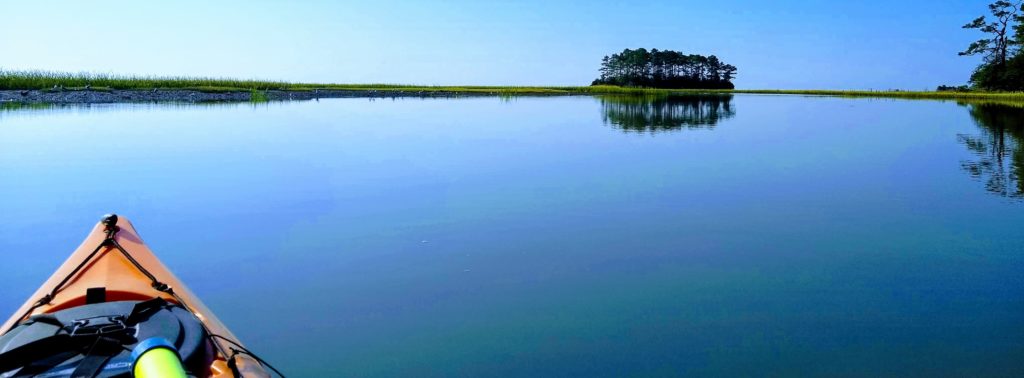
It has officially been spring since March 20, water temperatures are steadily rising, and the weather is feeling more and more like paddling weather! If you’re anxious to get out on the water, but still waiting for things to warm up just a bit more, why not do everything you can to get ready for the season! We’ve created a handy checklist of 8 things that you can do in advance so you’re not wasting any time that first day you choose to hit the water!
1. Dust off those boats and paddles!
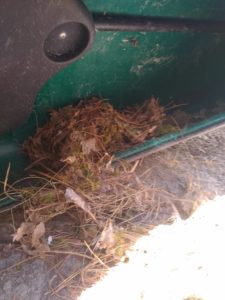 It’s always a good idea to get your kayak out of storage at least a day prior to your first paddle of the season. If you store your boat or paddleboard outdoors, pull it out of its winter slumber, and get it cleaned up. If you don’t have a cockpit cover, you’ll definitely want to make sure no critters have taken up residence inside! Birds, squirrels, and spiders are frequent squatters in kayaks. You may also need to just give your vessel a good hose-down to rid it of leaves, cobwebs, and general yard grime.
It’s always a good idea to get your kayak out of storage at least a day prior to your first paddle of the season. If you store your boat or paddleboard outdoors, pull it out of its winter slumber, and get it cleaned up. If you don’t have a cockpit cover, you’ll definitely want to make sure no critters have taken up residence inside! Birds, squirrels, and spiders are frequent squatters in kayaks. You may also need to just give your vessel a good hose-down to rid it of leaves, cobwebs, and general yard grime.
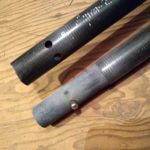 Be sure to inspect your paddle as well. Pay extra attention to the shaft if you have a paddle that comes apart. That spot is usually the first part to show wear due to saltwater corrosion.
Be sure to inspect your paddle as well. Pay extra attention to the shaft if you have a paddle that comes apart. That spot is usually the first part to show wear due to saltwater corrosion.
2. Prepare to transport.
Reinstall your roof rack, do a safety inspection of your kayak trailer, or simply dig out those tie-towns that you haven’t used since last fall. You want to be ready to roll on the day of your maiden voyage and spending an extra hour to find your J-bars would be a major buzz kill.
3. Locate an outfitter.
 Don’t have your own kayak or paddleboard? No problem! Check out our listing of certified Virginia Ecotour Guides for a list of highly experienced outfitters. You can also visit our facebook page for a weekly “Outfitter Spotlight” every Monday for the next couple weeks. Find out their rates, availability, and if you need to reserve a kayak rental in advance. That way you’ve got a plan ready as soon as the weather forecast is looking good.
Don’t have your own kayak or paddleboard? No problem! Check out our listing of certified Virginia Ecotour Guides for a list of highly experienced outfitters. You can also visit our facebook page for a weekly “Outfitter Spotlight” every Monday for the next couple weeks. Find out their rates, availability, and if you need to reserve a kayak rental in advance. That way you’ve got a plan ready as soon as the weather forecast is looking good.
4. Stock the dry bag.
It is probably a good idea to pull the dry bag out of the garage, dump out the contents, and get organized. You may need to replenish the insect repellant, toss the expired granola bar from last season, and if you have a headlamp, VHF radio, or GPS, change those batteries or charge them up! In addition, it’s always a good idea to have a well-stocked first aid kit, back-up bottle or water, and sunblock.
5. Check your PFD and water shoes.
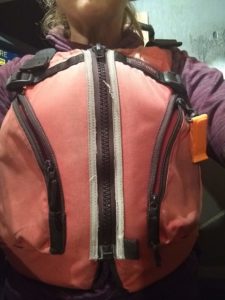 Is your PFD (personal flotation device, a.k.a. life jacket) a couple seasons old? You should definitely take a close look at it to make sure it will still suffice for safety, should you have an accidental spill into the water this season. Inspect all seams and look for any loose threads, ensure all zippers and buckles are working properly and that they are not corroded from last season’s saltwater. And of course, try it on! It should still be snug, and when you pull up on the shoulder straps, they should not come up above your ears (if they do, you may have lost a pound or two over the winter!).
Is your PFD (personal flotation device, a.k.a. life jacket) a couple seasons old? You should definitely take a close look at it to make sure it will still suffice for safety, should you have an accidental spill into the water this season. Inspect all seams and look for any loose threads, ensure all zippers and buckles are working properly and that they are not corroded from last season’s saltwater. And of course, try it on! It should still be snug, and when you pull up on the shoulder straps, they should not come up above your ears (if they do, you may have lost a pound or two over the winter!).
Also, if you have a favorite pair of shoes to wear while paddling, it never hurts to make sure they are still in good condition. The salt and brackish waters of coastal Virginia can do a number on them!
6. Make plans for your phone.
Do you plan to bring your phone out on the water? Think about how you’re going to keep it safe and dry. Maybe you’ll keep it in the dry bag, but what if you want to take photos or use some apps while paddling? You’ll need a plan for that. Purchase a waterproof case (we highly recommend something with a lanyard or tether strap), or if you’re on a budget, zip-top sandwich bags work just fine!
 And speaking of apps, think about anything you may want to download in advance. Tides, weather, GPS tracking, wildlife identification – there’s an app for that! Send us a facebook message if you have any favorite apps to recommend. We’re in the process of compiling a list of top apps for another blog post later this season.
And speaking of apps, think about anything you may want to download in advance. Tides, weather, GPS tracking, wildlife identification – there’s an app for that! Send us a facebook message if you have any favorite apps to recommend. We’re in the process of compiling a list of top apps for another blog post later this season.
7. Plan your excursion with our interactive water trail maps!
The Virginia Water Trails website has interactive maps for the Northern Neck, Middle Peninsula, and Eastern Shore. Trails are color-coded by difficulty level and be sure to click the menu logo to locate nearby Virginia Oyster Trail attractions.
8. Book your stay (if coming from out of town).
If you’re planning a paddling weekend get-away, check out the wide range of lodging opportunities along the Virginia Oyster Trail. Many of these locations are waterfront, right along some of the water trails – how convenient!
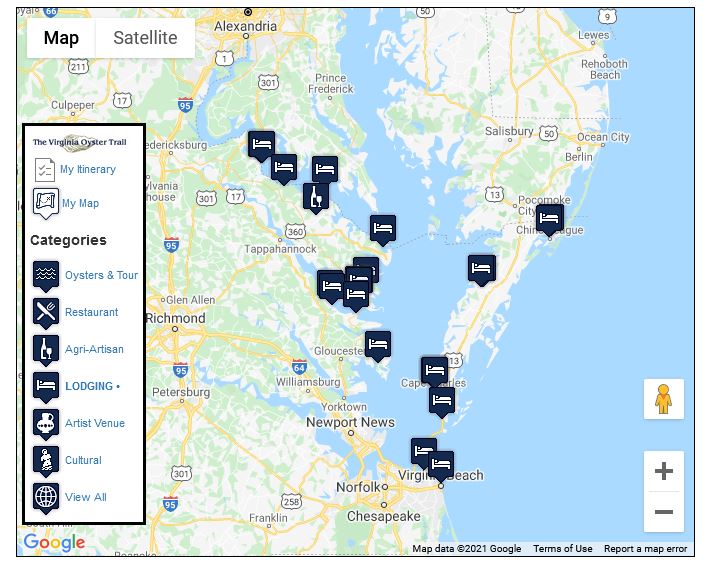
About the Author: Laura Scharle lives on the Eastern shore of Maryland and is a frequent paddler in coastal Virginia. She is a Virginia certified ecotour guide and is an independent marketing contractor with a focus in ecotourism and heritage tourism. Laura can be reached through our Eastern Shore ecotour guide listings.
